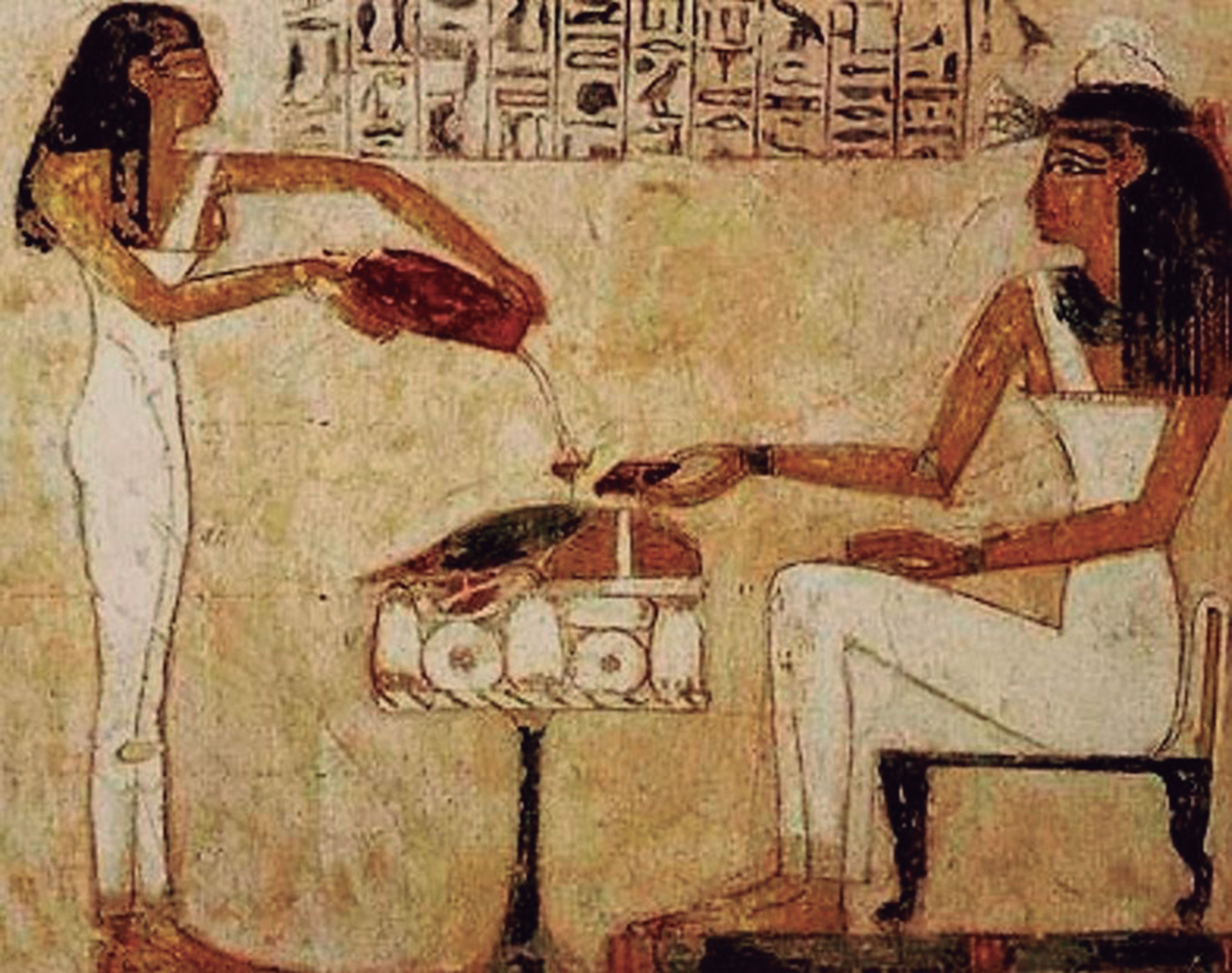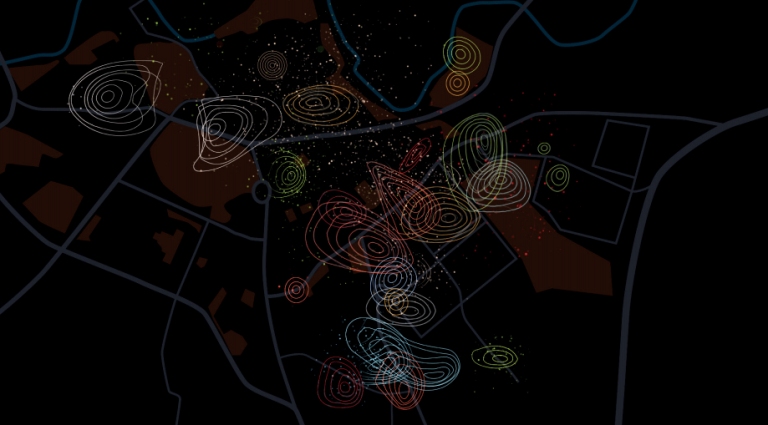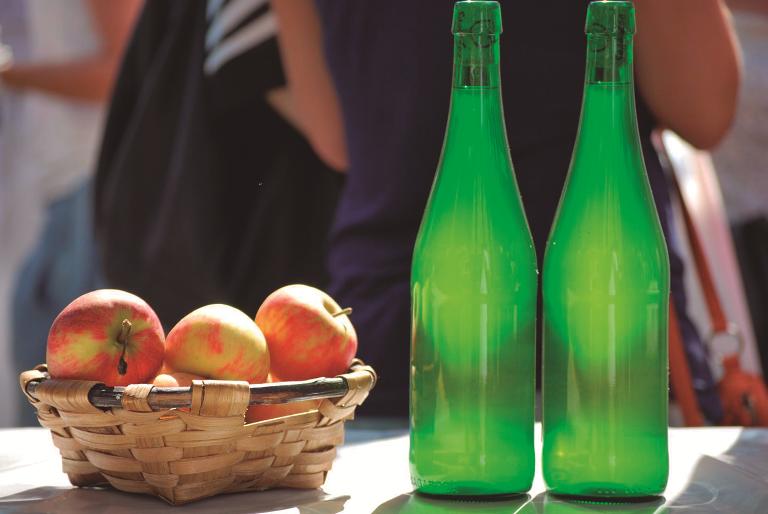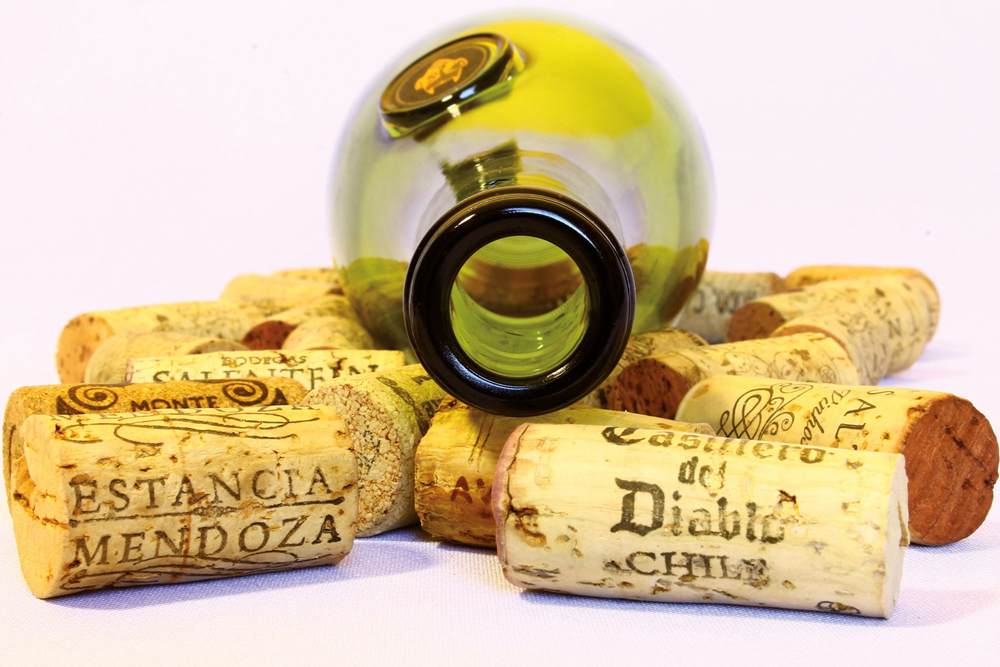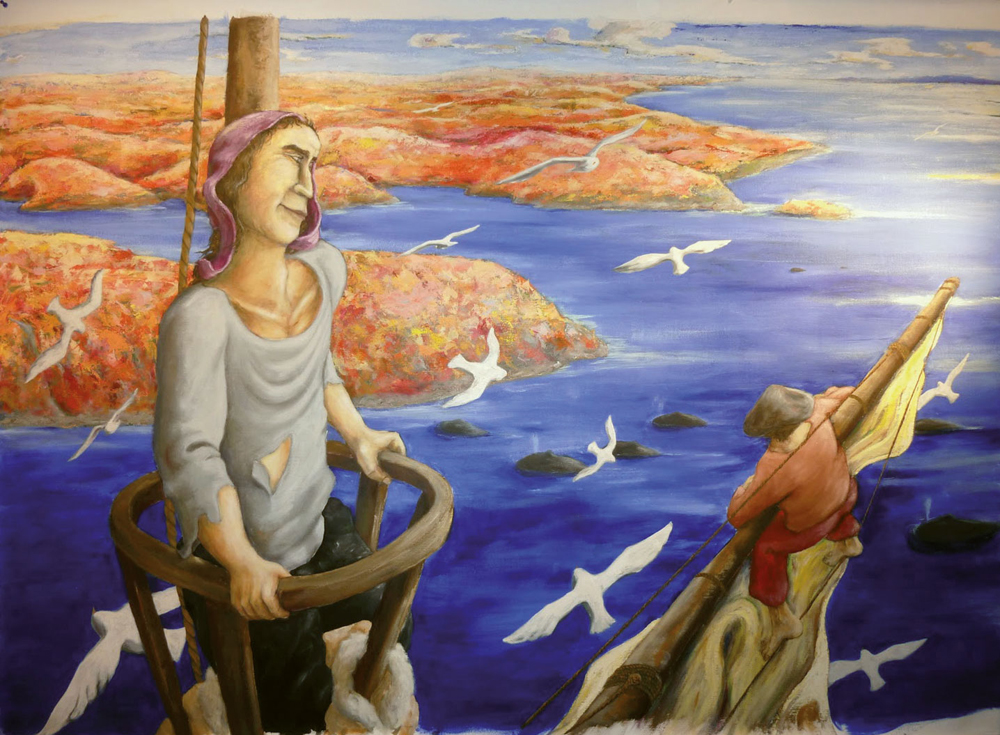In spicy manure

If it is a plant that uses a bat to transport pollen from flower to flower. In return, nectar to enjoy the flight. That nectar doesn't look silly. On the other hand, some plants do not seem to have much work to find fellow animals willing to do extraordinary work.
Plants of the genus Nephentes use insects. These plants live in arid lands, they have enough work to feed themselves, and they have become carnivores to alleviate this lack of food. They've invented arts to catch insects. Most varieties of this genus have large, erect flowers, shaped like a pitcher. At the bottom of the flower a puddle nectar. In the cake trap, the insect will fall and the plant will empty after drowning, mostly absorbs nitrogen. Other plants of this genus use satagins or satichos. The rodent has to make luxe to suck the nectar and put the ass in the mouth of the flower. Like most animals, sataginese likes to move their domains as well as the flower that gives them nectar. Being a lot of shit the milestone, it does it in the flower as well. And the flower to taste, the nitrogen and other fertilizers for the home.
Nephentes baramensis, on the other hand, wants to act without risks and turn a flower capable of eating insects in the nest of a bat, joining with it a prolonged treatment. After a deal, flowers have to be little nectars and not spend energy on the production of attractive odors. The bat is Kerivoula hardware. He will thank the place where he sleeps well protected and, like the satagine, will leave his poop and his fins. Room with bathroom. The plant must reuse and pay for the work. So you get over a third of the N you need. This affinity is called mutualism, a form of symbiosis in which both get some benefit. With the pain of shit, both. The story goes on in Borneo.
The day exceeds the night with the spring equinox. This year it happened on 20 March, at 22:59 hours, opening the door of the spring. The Eki prefix means the same thing. Until then the night had been longer. The day and night were twelve hours. Since then, the day is extended... [+]
Time has been on our line for a long time, but the climate is relatively recent. There is no need to clarify too much what climate change is. Explaining what the landscape is is a redder necessity. Conferences, round tables or international conferences on climate change are... [+]
It's time to pick up the fruits and get them on the way to the lagar. Pear (Pyrus communis), apple (Malus x domestica), grape (Vitis vinifera)... It seems a short and quick road, but you have to work a lot of rodeos and their variants until the fruit becomes must and must become... [+]
In the Basque Country, agriculture is the history of permanent colonization. Like everywhere. Before, the land was not cultivated; before, the harvest was not sown; you enjoyed what was not eaten before. They had brought it all from elsewhere. Many of these stories have been... [+]
Returning to the wines that are made with the crops, the left madreselva (Humulus lupulus) is conservative and bitter tasting aggregator. The union of crops and madreselvas produces many dirty jets, especially in beer countries. A friend has just explained to me the stories of... [+]
In our house we met him with the name of madreselva (Humulus lupulus). In fact, we have worked hard and sinister on the banks of the river in our country, coinciding with the expansion of beer. We've learned that it's also called lobster, beer, beer, wart and grass on the left... [+]
Spring has brought the issue to my nose. C. worked at various research centers in New York. Bushdid, M. Oh! Magnasco, L.B. Vosshall and A. An article published by scientists Keller in March 2014 in the prestigious “Science Magazine” produced a great stir. The title says it... [+]
The curious interannual days end, those who eat and drink from the emanations of the earth. I'll eat from the best to the best. Supposedly. Heavy champagne and cava bottles are easy to dance. Even though they are of all kinds today, they were once the cider of the other barrel... [+]













